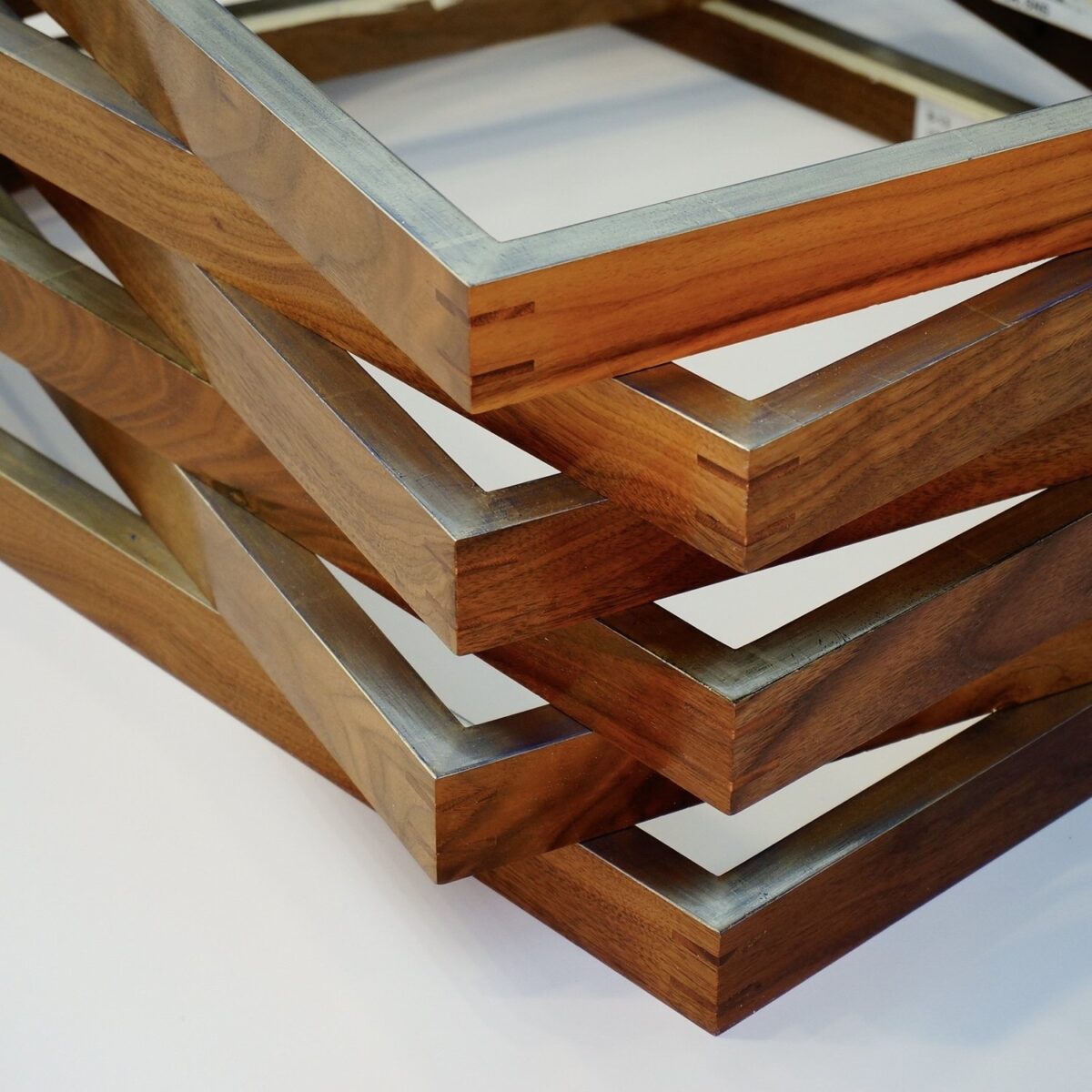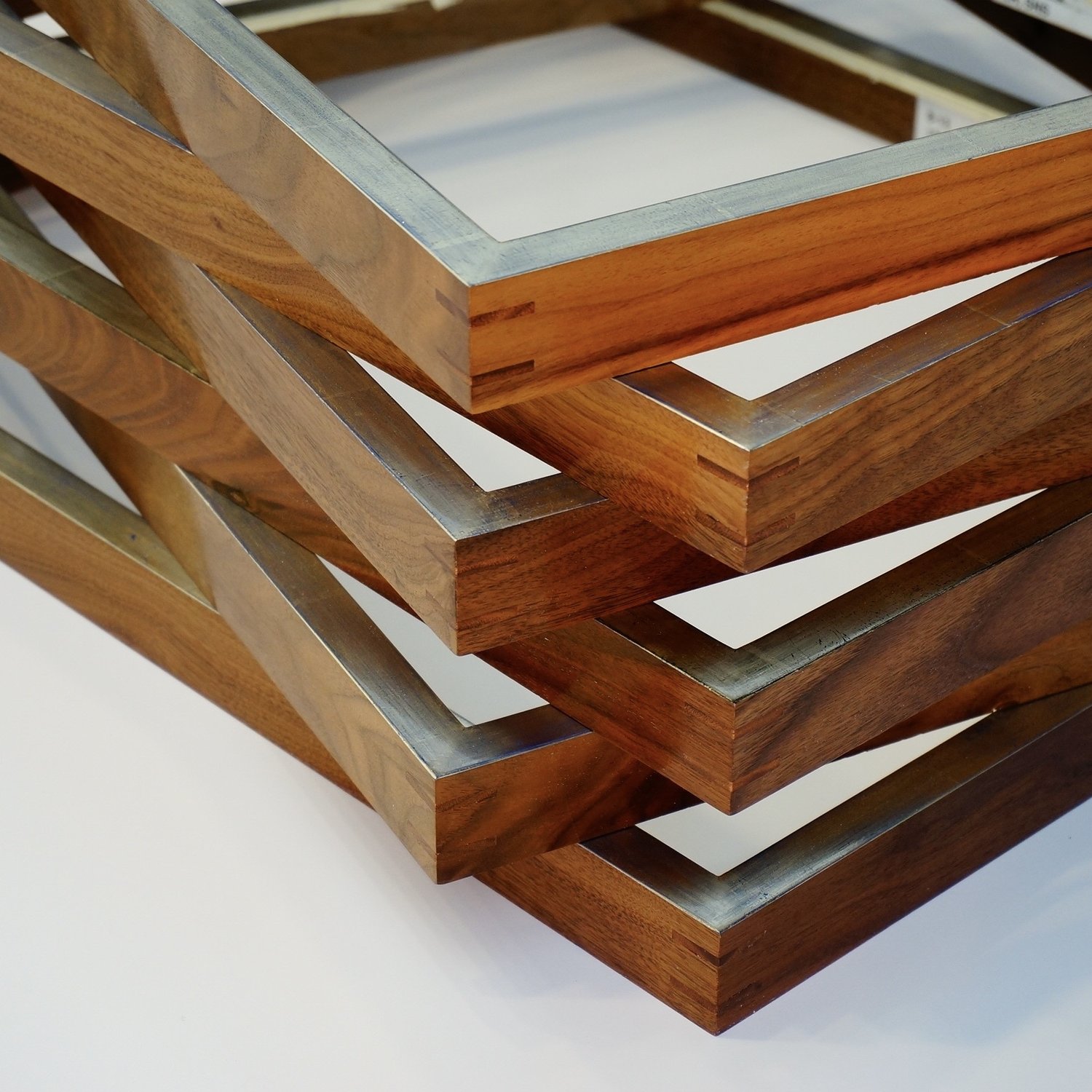Choosing the Right Frame for Your Art

The frame is last touch given to any work of art. It serves to protect the art within, but also to accentuate and provide emphasis to the work. Choosing the proper frame for your work of art is an important step in its preservation, presentation, and longevity — and the sheer amount of options you might face can make for a bit of an overwhelming feeling.
Between the nature of your art, the nature of the frame, your work’s age and condition, and a number of other factors, finding the perfect frame may not be quite as easy as you hoped. To help you along in that process, we’ve put together a brief guide that will help you decide on the best frame for your art. We’ll go over what you should consider about you or your room’s sense of style, which type of frame may fit your painting the best, and things to consider depending on your work’s medium.
Your Style
Naturally, the most important aspect of a frame is its presentation. The important question to ask yourself in regards to your frame’s style is that of how it will incorporate into its greater setting — what is the color scheme of its future room or wall? Does the room have a clean and uncluttered aesthetic, or a more maximalist one? Are any other frames or decorations present already?
Try to find a frame that fits both the mood and aesthetic of the art, but also of the room itself. Remember that your frame doesn’t itself need to stand out, but rather compliment and draw the eye toward the art that it holds. Depending on your tastes, you may, for example, choose a frame that keeps things simple with grays or muted colors, and lets the art speak for itself. Or you may choose a more prominent, one with brighter tones for a splash of vibrancy and color in your room. For a room-defining piece, you could make a statement with an eye-catching frame with distinct colors, shapes or patterns.
Styles will of course vary widely from person to person, but we encourage you to be creative and even think outside the box when considering your frame and its style. Your artwork itself may be the star of the show, but a good frame can make for a great supporting actor.
Frame Aspects
Choosing a frame for art can be a long process, when you consider the needs and best practices of the art at hand. For more standard works of art, that aren’t at immediate or increased risk of decay or damage, its worth asking yourself how your frame might best accentuate your art. For such works, one important aspect is the frame’s matting.
The matting, or the blank ‘margin space’ that the work will sit atop, provides your art more physical space on your wall, and nonverbally demands the eye’s attention on the work’s behalf. Typically, the matting is a pure-white space that sits almost flush with the art, but liberties can be taken with the matting as well.
Having the work sit above the matting can make it look as if it’s floating, an especially striking look for photographs and small works. You can also achieve depth by having your art sit within your matting, as if it’s nestled within it. Or, you may choose to forego matting and have the frame flush with the art itself. The size of the matting may easily vary, from a smaller matting for larger, lighter paintings, to a larger matting for when you want your vibrant colors and textures to really pop.
You should also bring the frame’s material into consideration. A matte plastic or refined wood is an ever-popular choice, but you can also go for something less orthodox. Experiment with unique facades, makes, shapes and other facets of your frame if you feel you out-of-the-box may be more your style.
Art Considerations
Not every work of art is a flat work on a traditional medium. As such, if you have a work of a medium that demands special care, finding an appropriate frame should be at the top of your frame priority list.
For example, oil paintings don’t typically stick to normal framing conventions. Consensus is that oil paintings should go without full, glass-sealed frames to maintain the integrity of the oil paint. Standard oil painting frames will typically forego glass and matting, opting instead for a frame flush with the painting. This is just one example, but keep your art’s unique needs in mind if it has any.
Frames for objects are becoming more popular as well. As opposed to paintings, which typically have frames that are flat frames to match similarly flat works, sculptures, objects and other three-dimensional framed objects need a different approach. While some flatter objects may look natural in a painting-style frame, albeit one with considerable depth, many works will demand something unique to its form factor. Sculptures and other three-dimensional works can vary widely in size and shape — click here for our online gallery of sculpture frames.

